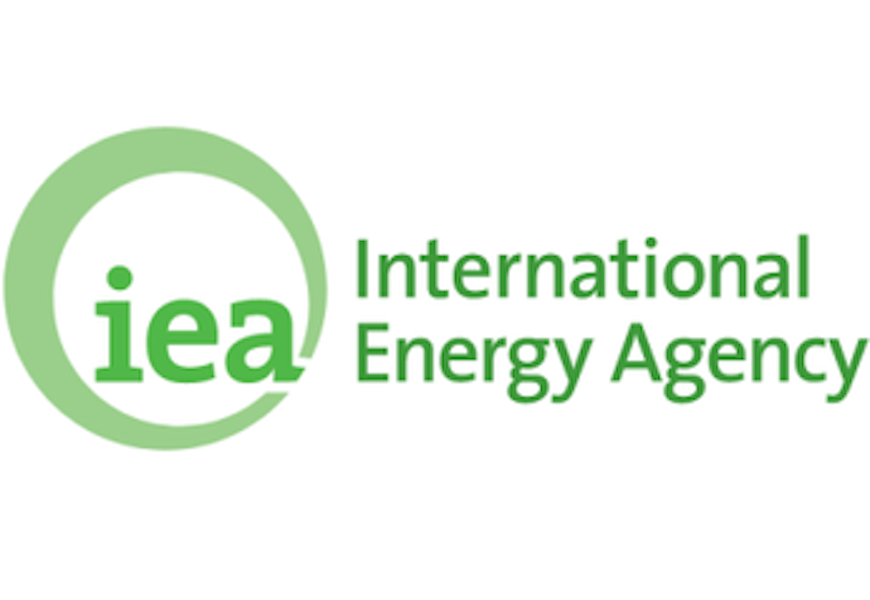The cost of maintaining a healthy diet in Nigeria has surged significantly, with the national average Cost of a Healthy Diet (CoHD) rising by 5.4 per cent from March to April 2024.
According to a report by the National Bureau of Statistics (NBS), the CoHD now stands at N1,035 per adult per day, up from N982 the previous month.
The report provides an analysis of the Cost of a Healthy Diet (CoHD) in Nigeria for April 2024. The CoHD is a metric used to measure physical and economic access to sufficient, safe, and nutritious food.
The report includes data on retail food prices, the healthy diet standard, average costs at national, state, and zonal levels, cost share by food group, trends over time, and the relationship between general and food inflation relative to the CoHD.
Healthy Diet Standard
The CoHD in Nigeria is based on the Healthy Diet Basket (HDB), which follows globally consistent food-based dietary guidelines (FBDG). This basket provides a benchmark for calculating and comparing the cost and affordability of healthy diets across different regions. It includes various food groups with specified calorie contributions and typical weights for example foods.
Retail Food Prices
The retail food price data is collected by the National Bureau of Statistics (NBS) from over 10,534 informants across urban and rural outlets in each state and the Federal Capital Territory (FCT).
Prices are collected for over 200 retail food items, with nearly 150 items potentially included in a healthy diet. This data is crucial for calculating the CoHD.
Regional Disparities
The South West Zone recorded the highest average CoHD at N1,406 per day, while the North West Zone had the lowest at N781 per day. At the state level, Ekiti emerged as the most expensive state with a CoHD of N1,483, followed closely by Ogun (N1,447) and Osun (N1,417).
In contrast, Kogi and Katsina had the lowest costs at N709, with Kaduna and Nasarawa not far behind at N756 and N769 respectively.
Breakdown by Food Groups
Animal source foods were identified as the most expensive component of a healthy diet, making up 36 per cent of the total CoHD while contributing only 13 per cent of the total calories. Fruits and vegetables also had high costs per calorie, accounting for 11 per cent and 16 per cent of the CoHD respectively, but providing only 7 per cent and 5 per cent of the total calories.
Conversely, legumes, nuts, and seeds were the most economical, comprising just 6 per cent of the total cost.
Also read: Five Health Benefits of a Plant-Based Diet
Inflation and Cost Trends
The CoHD has shown a steady upward trend since the first report in October 2023, where it was recorded at N703.
The April 2024 figure represents a 47 per cent increase from October 2023 and a 5 per cent increase from March 2024. The report attributes this rise primarily to the increased costs of vegetables, starchy staples, and legumes, nuts, and seeds.
Comparative Analysis with CPI
The report also compares the CoHD with the Consumer Price Index (CPI) and the Food CPI, both of which measure the average change in prices over time.
Since July 2023, the CoHD has been increasing at a faster rate than both the general CPI and the Food CPI, indicating a greater rise in the cost of essential food items compared to other goods and services.
Least-Cost Diets
Significant cost variations were noted between different regions. In April 2024, Ekiti (Urban) had the highest CoHD at N1,590 per adult per day, while Kwara (Urban) recorded the lowest at N648.
Common least-cost items included palm oil, avocado pear, coconut, green leafy vegetables, soya beans, and dried shrimps, though specific items and their costs varied due to regional price differences.
Policy Implications
The CoHD data provides valuable insights for various stakeholders:
- Government and Civil Society: Identifying supply challenges and addressing high costs in specific food groups.
- Social Protection and Transfer Programs: Determining minimum income needed for households to access a healthy diet.
- Agricultural Production and Trade Policy: Prioritising commodities for intervention.
- Nutrition Education: Targeting populations who can benefit the most and aligning education with affordability.
- Research and Collaboration: Encouraging collaboration among policymakers, researchers, and civil society to improve food security and access to healthy diets.
Conclusion
The surge in the cost of a healthy diet in Nigeria highlights a critical issue that requires immediate attention from policymakers, civil society, and international partners. Ensuring that healthy diets remain accessible and affordable is essential for improving food security and the overall health of the Nigerian population.























